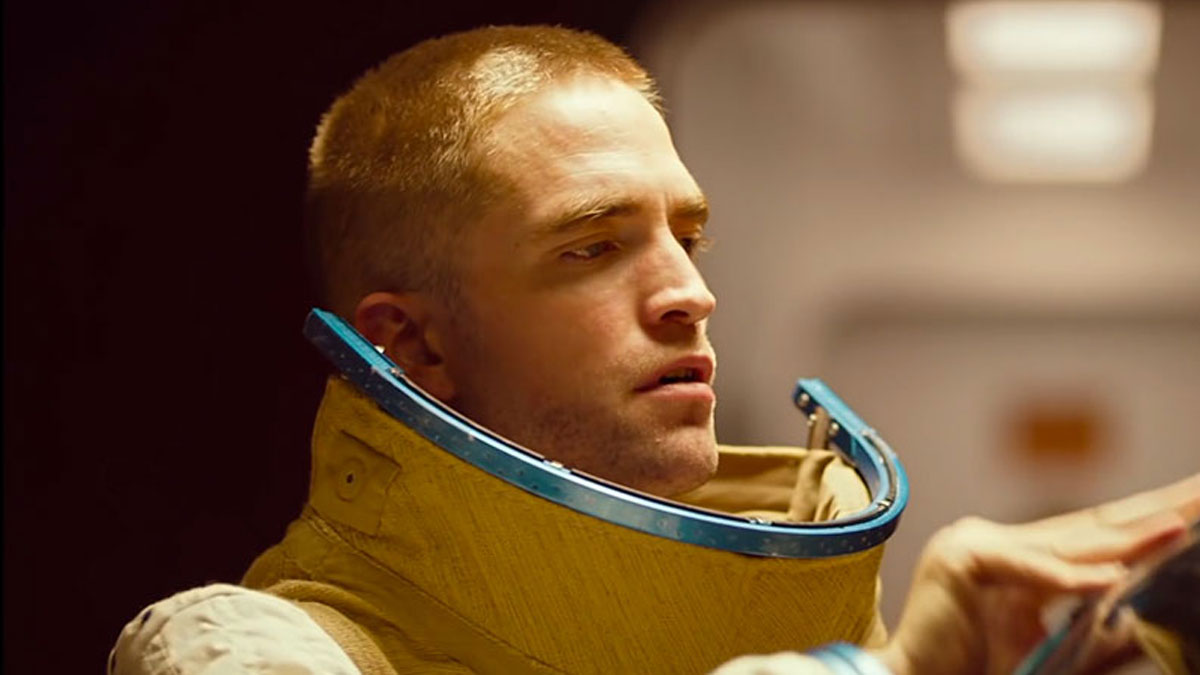
Science fiction is a versatile genre. It could be a medium for a political analysis of a society or a tool for higher entertaining. The power and the possibilities of this genre are infinite and – year after year – new movies raise the bar higher.
This is a selection of recent overlooked films – from typical genre movies to the more sophisticated art house pictures – that could catch the eye of passionate estimators and satisfy every taste and need.
1. One Point Zero aka Paranoia 1.0 (2004)
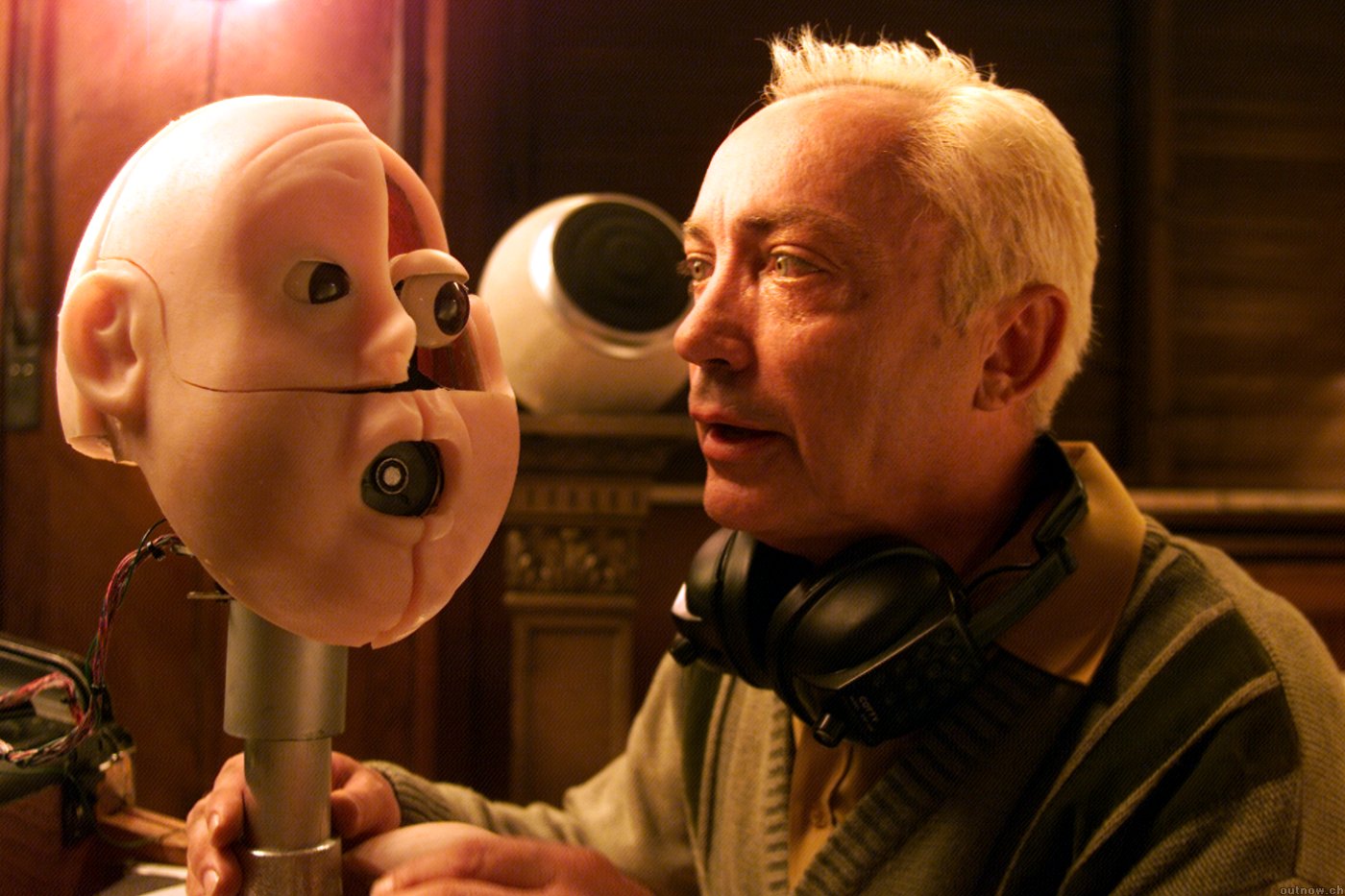
In an unknown dystopian future, Simon (Jeremy Sisto) works as a computer programmer for a big corporation; his most recent assignment is creating a code for an important program.
Suddenly, he starts receiving empty packages directly in his apartment, without knowing the sender. As his paranoia starts to grow, he continues to receive these mysterious packages and he’s worried about the fact that somebody can enter his house. He begins to suspect of his neighbors: Derrick (Udo Kier), who built an artificial intelligence robot head; a nameless man (Bruce Payne), who is in charge of a virtual reality sex game. Moreover, he meets Trish (Deborah Kara Unger) and they develop a relationship. He’ll have to solve the mystery behind these empty packages.
The movie has all the classic ingredients of the cyberpunk genre: a dystopian environment, powerful corporations trying to rule the citizens, the role of technology in the development of society, the pros and cons of progress.
The sense of paranoia – which is always overwhelming throughout the movie – is shown visually by the particular cinematography: the color yellow is predominant, both in the inside and outside scenes, heightening the toxic condition of the places the characters are living in and giving a claustrophobic feel to the images.
Due to the low budget, the special effects are minimal, but the sci-fi imagery is still powerful, thanks to the impeccable production design and settings. An overlooked movie that should be rediscovered by sci-fi and cyberpunk fanatics.
2. Sleep Dealer (2008)
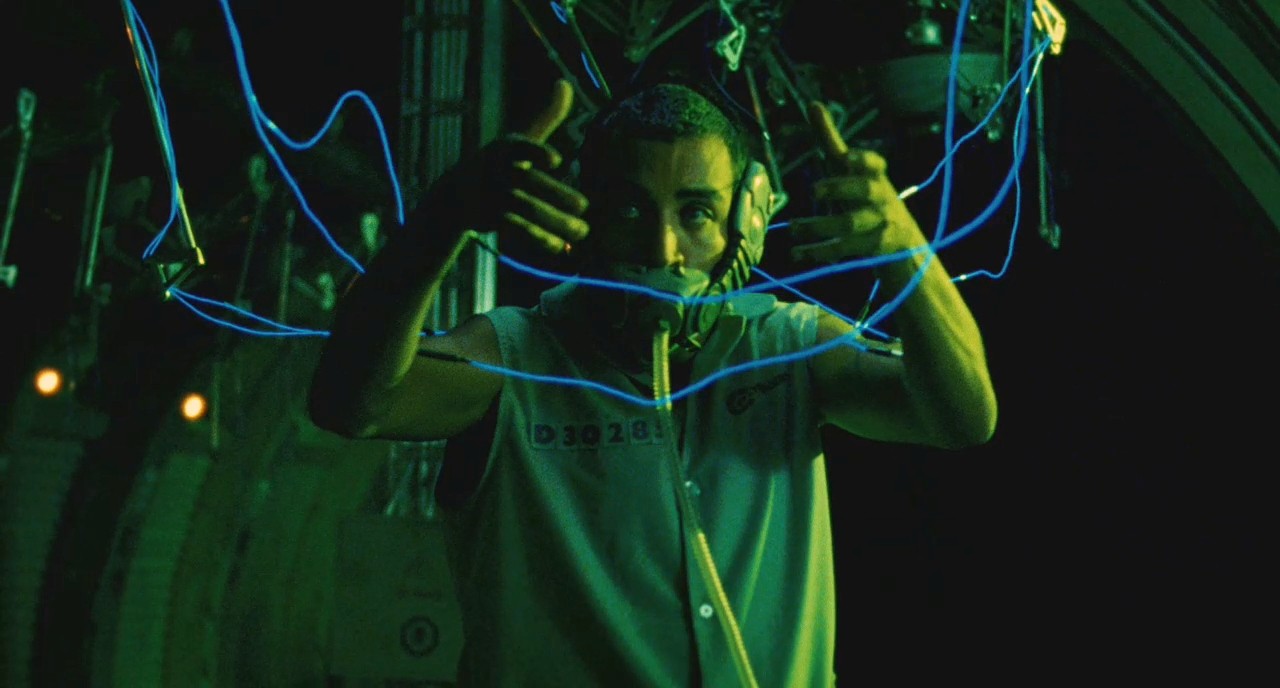
Set predominantly in Mexico, “Sleep Dealer” tells the story of three characters: Memo Cruz, a young man who wants to escape from his disadvantaged life in the small town of Santa Ana Del Rio, Oaxaca; Luz Martínez, a novice writer who meets Memo during his journey; and Rudy Ramirez, an American soldier of Mexican descent, who will enter Memo’s life in a dramatic and turbulent way.
Moreover, the world is dominated by powerful corporations that use technological developments to maximize their profit and enslave the workers through labor. Although the movie was made with a low budget, director Alex Rivera is able to create a coherent and exciting setting, with a great use of neon lights that give us the idea of an artificial and machine-driven world.
Don’t let the poor CGI distract you from the real essence of this film. This is a political movie: it deals with multiple themes, that are, more than ever, current in today’s society. Immigration and human rights; technology and production system; social networks and new forms of connection; capitalism and its sustainability.
Even though it seems that “Sleep Dealer” talks about everything awful and terrible that this world is leading to – evoking in us a sense of pessimism and making us uncomfortable and confused by the quantity of the themes – the outcome is brilliant, far from being chaotic or hazy. There’s also a sense of hope, as if nothing is lost and everything could be changed with a great dose of goodwill. A sci-fi combative tale for this upcoming dystopian world.
3. Dharma Guns (2010)
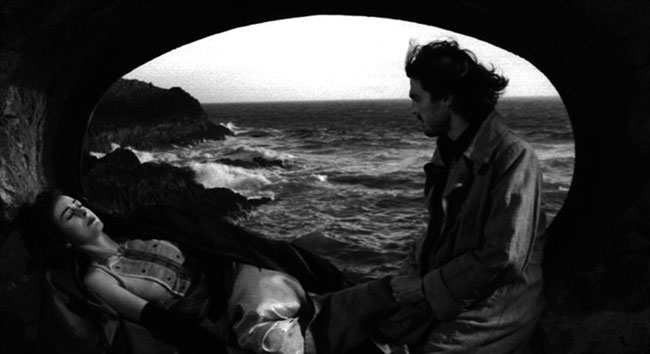
Overall, the most difficult and enigmatic movie on the list. If you’re looking for a linear and rational picture to entertain you, please skip over. After a water-skiing accident, Stan van der Decken wakes up from a coma in the doctor Lisandro Ewers’ clinic. He decides to undergo hypnosis sessions and finds out he’s the heir of the strange professor Starkov.
It’s funny to say, but the plot is irrelevant; these types of movies are not built on orthodox screenplays with linear passages. Directed by Frédéric-Jacques Ossang, “Dharma Guns” is a slow, experimental, and cryptic journey of images, shot in a wonderful black and white that could remind us the greatest 1940s and 1950s noir movies, with multiple philosophical and poetic layers.
The level of conceptualism of the acting and the sequences could be an homage to Jean-Luc Godard, one of the best exponents of the Nouvelle Vague movement and a master of conceptual cinema.
With its intricate development and its uncommercial attitude, this movie is definitely polarizing and it could evoke only radical feelings of love or hate.
This view could be a great surprise or a disappointing failure. It’s a chance you have to take.
4. Generation P (2011)

“Generation P” is a drug-infused trip through the recent history of Russia, describing the passage – which occurred in the early 1990s – from a socialist to a free market capitalist society.
Babylen Tatarsky starts to work in a advertising agency. He makes a good living through this new job, and to enhance his creativity, he begins to take drugs, especially cocaine, psychedelic mushrooms, and LSD. Due to the narcotics, he experiences trips that help him with his job. At the same time, he gets in touch with a mysterious and secret cult, based on Babylonian myths.
This independent Russian movie, directed by Victor Ginzburg, is definitely one of the most peculiar and imaginative on this list. At times cryptic and incomprehensible, but also funny and entertaining, “Generation P” is a caustic and sharp critique of the type of society built after the fall of Soviet Union.
The promises of freedom and democracy were completely disillusioned by the new political power; just like anywhere else, a small number of powerful and extremely rich personalities took control of the country. In this movie, with a touch of dystopian style, the advertising agency where Tatarsky works seems to control the main political and economical decisions of the country – and made their own interests.
Out of control and mesmerizing, this picture has it all: a great captivating screenplay, well-done technical characteristics, and a good touch of positive madness. An absolute cult film.
5. Love (2011)
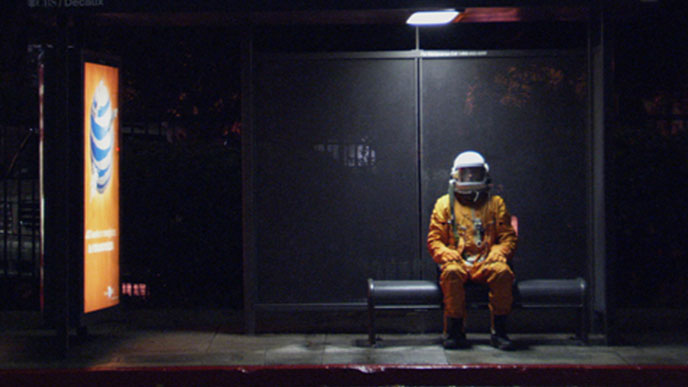
1864, American Civil War. Captain Lee Briggs – fighting for the loyalists of the Union – receives a command from his captain: he has to embark on a mission to find and analyze a mysterious object that fell on Earth near their military base.
2039, ISS (International Space Station). Lee Miller – an American astronaut – is sent to the space station alone to examine the possibility of using the ISS again, after it was abandoned 20 years earlier.
Soon after, Miller loses all radio contact with the Mission Control Center on Earth, remaining isolated on the station with no instruction or orders. He’ll have to fight to maintain physical and mental health, without becoming insane.
“Love” was an ambitious project made by the American rock band Angel & Airwaves, who co-produced the movie and composed the soundtrack, and director William Eubank in his debut.
The movie doesn’t suffer from the low budget: the settings, the cinematography, and the CGI effects are well crafted. It’s amazing when you realize that most of the set was built in the backyard of Eubank parents’ house and that the total budget was half a million dollars.
While taking inspiration from masterpieces like “2001: A Space Odyssey” (1968), “Solaris” (1972) and “Moon” (2009), the film is able to create its own universe without copying the aforementioned movies, and staying original in its content. The space-influenced music of the soundtrack perfectly supports the ethereal and dreamy atmosphere of the screenplay, with its illogical and surprising development of the story.
In conclusion, this art house gem has definitely something to say: it’s genuinely intellectual, without being snobbish or totally inaccessible. Great form for a great substance.